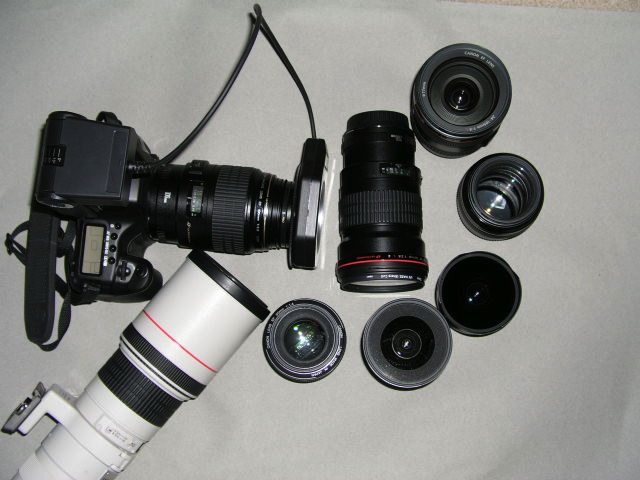As in getting emotion out of the equation.
As a money manager and investor one of the key disciplines I adopt is one of cutting my losses. For the most part if a stock hits a predetermined drop off the highest price I have owned it at – this may be after a few days or few years of ownership – it is unceremoniously sold. The old saying that ‘buy-and-hold’ is the only long term investment strategy capable of success is bunk. Great for twenty year bull markets, like the one that just ended, but dumb as they come otherwise. (Money managers love it as it annuitizes their management fees from the boobs who buy in). Imagine, you lose 30% in a quarter on a position but you gut it out and hold on. It may take you five years or more to recover those losses, garnering you a 0% return over that period. The disciplined seller, meanwhile, has limited his loss with a trailing stop percentage order at 7-10%,moving on to better things.
A disciplined exit strategy is consonant with success in all areas of life. How many of us know people who have remained for far too long in an abusive relationship but dare not venture into alternatives? Years of happiness lost. The sell discipline applies as equally in emotional as in financial matters.
When it comes to photographic hardware I believe the same applies. Unless you absolutely love the whole processing/retouching/slow turnaround cycle of film, for example, you are simply crippling your competitiveness compared to the guy with a good DSLR.
And lest I am accused of not following my own advice, let me clarify things.
For over thirty years – from 1973 through 2005 – I used one or more of these:

Yesterday’s news
While I tinkered with SLRs this worked for me and, in truth, if the optimal mix of quality lenses, a rugged body (well, reasonably so) and fast response was sought, the rangefinder M Leica was the only way to go.
Then, of course, digital came along and once sensor design settled down even those with poor eyesight (like me!) could see that film quality had not just been surpassed, it had been blown away. Add a 5 minute processing cycle as opposed to a seven day one and that was all she wrote. Time formerly spent on scanning, retouching, filing and on and on now became time wasted. And, like you, as every day shortens my life expectancy by 24 hours, why waste time?
So, a tad late in the day, I decided to apply my stock management philosophy to my photographic hardware. The goal was not so much to realize the best exit price for obsolete hardware – film cameras – though that is a nice side effect, but rather to maximize productivity through the use of modern technology, which is what technology is all about. Your time is worth far more than your hardware, so resale value is not the driver here. Anyone looking for long term appreciation from obsolete camera gear is probably waiting for the second coming, too. Could be a while.
Those Leica Ms, myriad Wetzlar lenses (all superb), a Leicaflex, Rolleis galore, a Mamiya or two, a couple of Pentaxes moved on. Paperweights. Digital had arrived and it was mature. Instead I spent some time learning how to properly profile my screen so that what I print matches, I moved to the very efficient Lightroom after struggling with the abomination that is Photoshop, paid up for a really great large format dye printer (the HP DJ90) and got on with the merry job of making pictures.

Today’s gear – ready to be dumped at a moment’s notice if need be
Do I miss all that great gear from the last throes of the mechanical age? Sure. You use the same Leica for 30+ years and tell me you don’t miss it. But the old Wall Street adage prevails, for it remains one of the great truths:
“If you want loyalty, get a dog”.
And my dog had better watch out. He crosses me and he’s outta here.